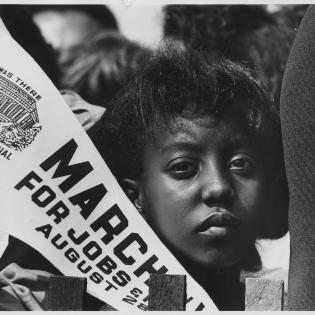Better Way to Action
We learn about organizations that responded to needs and increased social awareness during the Civil War and Reconstruction.
The learner will:
- describe organizations that formed for the common good during the Civil War.
- copy of handout below
- Internet access
- paper, markers
- Access to the Philanthropy Timeline
- History of The Cooper Union https://cooper.edu/about/history
- George Peabody Peabody Institute https://peabody.jhu.edu/explore-peabody/our-history/george-peabody/
- Hillsdale College https://www.hillsdale.edu/about/history/
- YMCA Through the Years – YMCA England & Wales https://www.ymca.org.uk/about/history-heritage/timeline
- The Freedman Bureau, Brief Overview https://www.archives.gov/research/african-americans/freedmens-bureau
- Ladies Aid Society https://www.massmonments.org/moment-details/fitchburg-forms-ladies-soldiers-aid-society.html
- P.B.S. Pinchback-64 Parishes https://64parishes.org/entry/p-b-s-pinchback
- Thomas Edison https://www.thoughtco.com/thomas-edison-1779841
Instructions
Anticipatory Set:
Ask if anyone has heard of the YMCA. Read the purpose of the YMCA from its website: To strengthen the foundations of our community through youth development, healthy living, and social responsibility.
If there is a YMCA near you, look up the local programs, such as providing a gym, funding a youth camp, and providing food and clothing for people in the community. The YMCA is a nonprofit organization that started in the U.S. in 1851. Talk about what was going on in that time period and how the YMCA might have helped bring people together as we moved toward Civil War.
Nonprofit organizations form to address a need. They are started by people who may be called humanitarian, philanthropist, or volunteer. These terms refer to the way people help the community through their actions. These concepts are part of the fundamental belief known as acting for the common good.
Many nonprofit organizations, driven by a mission rather than by a need to make money, were started around the Civil War years and continue today with the same or an updated mission.
Optional: View the Learning to Give Philanthropy Timeline to see some of history's problem-solvers throughout time.
Distribute copies of the handout Playing at a Location Near You. The young people meet in groups of two or three for reading about one person/organization, reading only the information assigned to them. They prepare to teach the rest of the group about their section, using whatever method of presentation they prefer and matches their subject.
The presentation will describe the organization, the services it provided/needs addressed, who benefited in the community, what kinds of talents were needed to form the organization, and whether it still exists today.
Handouts
Philanthropy Framework
-
Strand PHIL.II Philanthropy and Civil Society
-
Standard PCS 06. Philanthropy in History
-
Benchmark MS.4 Describe how civil society organizations developed during major historical events.
-
-
